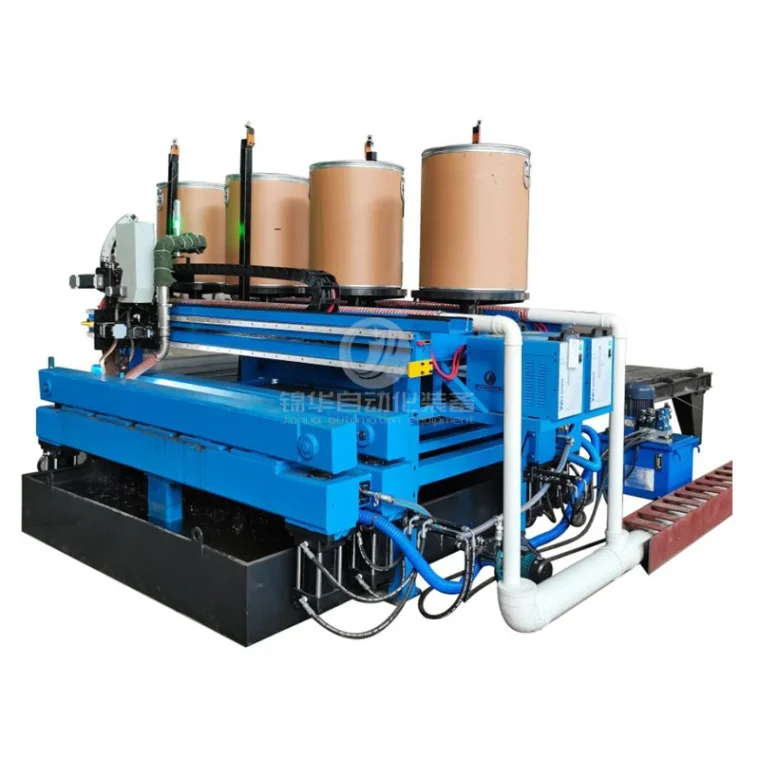In the world of manufacturing and construction, the terms assembly and installation are often used interchangeably. However, understanding the subtle yet crucial differences between these two processes is essential for professionals in various industries. In this blog post, we will delve into the dissimilarities between assembly and installation, exploring their unique characteristics, applications, and significance in different sectors.
- Defining Assembly:
Assembly refers to the process of joining individual components or parts to create a complete product or system. It involves the meticulous arrangement, alignment, and connection of various elements, ensuring they function harmoniously. Assembly can be found in industries such as automotive, electronics, furniture, and machinery manufacturing.
1.1 Assembly Process:
The assembly process typically involves the following steps:
a) Component Preparation: Sorting, inspecting, and organizing the individual parts.
b) Alignment and Positioning: Ensuring precise placement and orientation of components.
c) Joining Techniques: Utilizing methods like welding, fastening, soldering, or adhesives to connect parts.
d) Quality Control: Verifying the integrity, functionality, and compliance of the assembled product.
1.2 Importance of Assembly:
Efficient assembly processes are crucial for product quality, reliability, and cost-effectiveness. Proper assembly techniques ensure that the final product meets design specifications, functions optimally, and withstands operational demands. Streamlining assembly procedures can enhance productivity, reduce errors, and minimize production time, ultimately benefiting both manufacturers and end-users.
- Understanding Installation:
Installation refers to the process of setting up or integrating a complete product or system into its intended environment. It involves the careful placement, connection, and configuration of the assembled components. Installation can be observed in industries such as construction, telecommunications, energy, and information technology.
2.1 Installation Process:
The installation process typically includes the following steps:
a) Site Preparation: Assessing the installation area, ensuring it meets requirements and is ready for the product/system.
b) Component Positioning: Placing and securing the assembled product/system in the designated location.
c) Connection and Integration: Establishing electrical, mechanical, or software connections between the product/system and external entities.
d) Testing and Commissioning: Verifying the functionality, performance, and safety of the installed product/system.
2.2 Importance of Installation:
Efficient installation processes are vital for seamless integration, optimal performance, and customer satisfaction. Proper installation ensures that the product/system operates as intended, meets regulatory standards, and aligns with user expectations. Well-executed installations minimize downtime, enhance reliability, and maximize the lifespan of the product/system, leading to improved customer experiences and long-term success for businesses.
Conclusion:
While assembly and installation are interconnected processes, they possess distinct characteristics and play pivotal roles in various industries. Assembly focuses on joining individual components to create a complete product/system, emphasizing precision and quality control. On the other hand, installation involves integrating the assembled product/system into its intended environment, emphasizing proper placement, connection, and functionality. Understanding these differences is crucial for professionals across industries, enabling them to optimize their processes, enhance product performance, and deliver exceptional results.



More Stories
Kaisen: Leading Cyclone Separator Manufacturer Offers High Efficiency at Affordable Prices
Oil-Free Scroll Compressors for Food and Beverage Processing: Ensuring Clean, Safe, and Efficient Production
Top Applications of Hardfacing Welding Machines in Heavy Industries